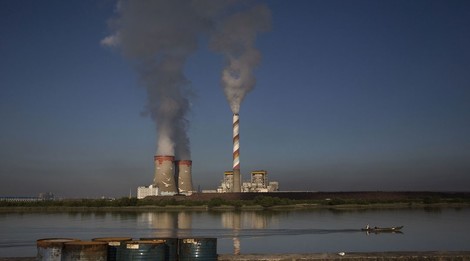Your podcast discovery platform
Curious minds select the most fascinating podcasts from around the world. Discover hand-piqd audio recommendations on your favorite topics.

piqer for: Climate and Environment Global finds
Andrea is a writer and researcher based out of Chicago. Andrea has a Bachelor's degree in environmental science from The Ohio State University and a Master's in Environmental Planning and Management at National Taiwan University, where she specialized in climate adaptation and urbanization. She writes for TaiwaneseAmerican.org, and sends out a biweekly newsletter which includes articles on politics, environment, identity, and intersections of race, class, and gender (http://eepurl.com/bPv-F5).
104 Cancelled Coal Plants For China's Energy Future
China is further solidifying its commitments to decreasing dependence on coal and transitioning to clean energy by its recent move ordering 13 provinces to cancel 104 coal-fired power plant projects. This amounts to a 120 gigawatt reduction in capacity (which is around one third of the entire coal capacity of the US), and would be a huge step in cutting both greenhouse gases and air pollutants.
As China transitions from a primarily manufacturing-based economy to one more heavily invested in the services industry, energy demand – and thus coal – are expected to flatline, then fall. China has also made significant promises for addressing global climate change, as “the country has been making massive investments in clean energy. As part of the Paris climate deal, China has pledged to get 20 percent of its energy from low-carbon sources by 2030. The government is planning to install an addition[al] 130 gigawatts of wind and solar by 2020 and making big bets on nuclear power.”
But, as always, matters are complex. Provinces may or may not heed the order from the central government. Nor are energy statistics consistently reliable, making predictions difficult. Even if all goes as planned, China still has hundreds of other coal projects underway despite many current power plants running below capacity due to decreased energy demand. Perhaps most importantly, carbon emissions from China and the rest of the world need to be falling drastically (rather than just plateauing) to achieve the less than two-degree Celsius temperature rise agreed upon to prevent disastrous climate change.
Stay up to date – with a newsletter from your channel on Climate and Environment.
